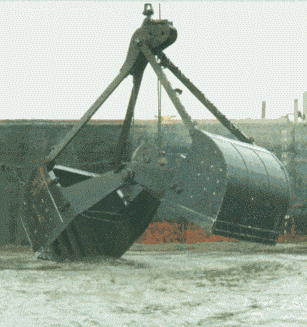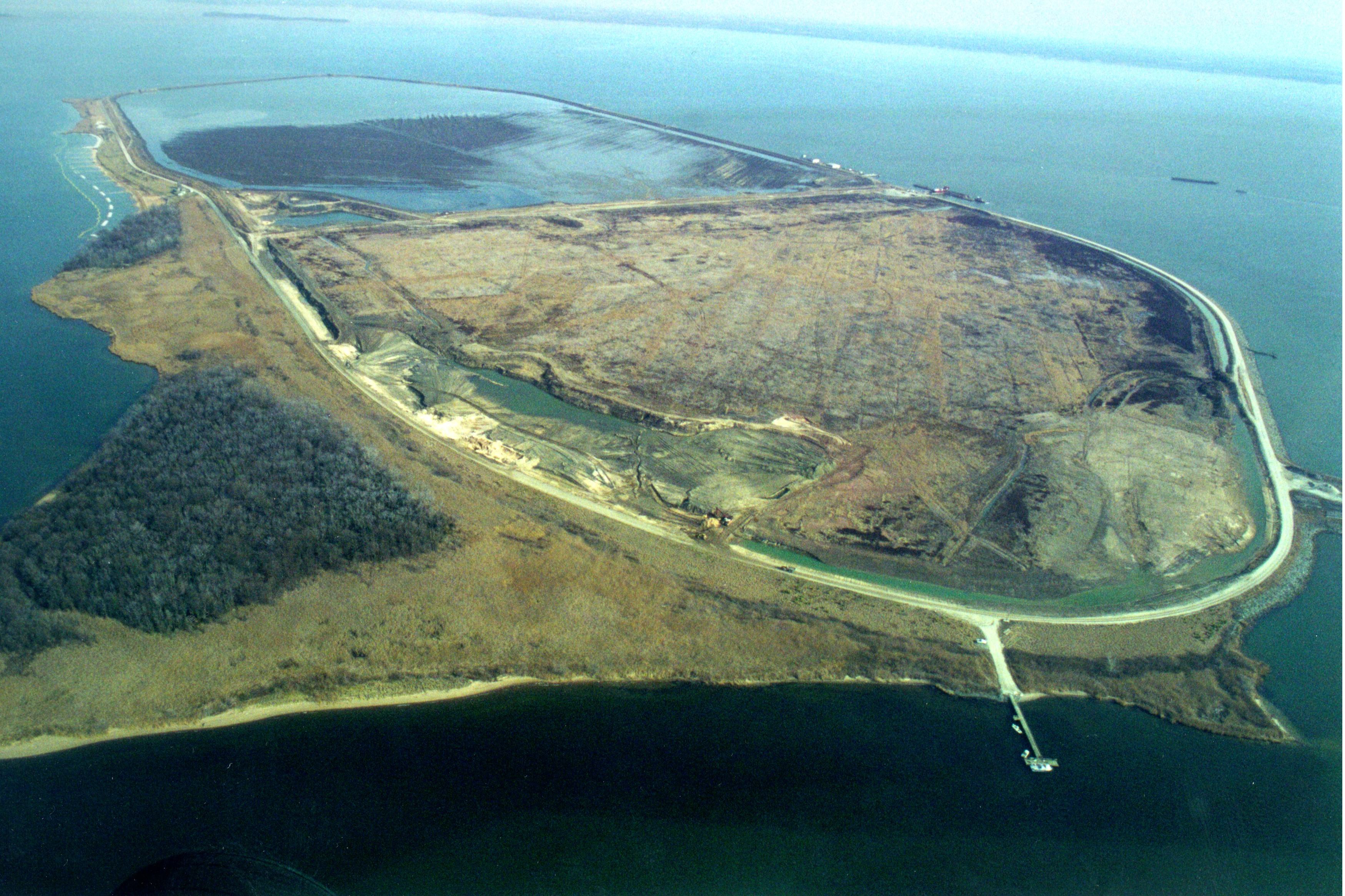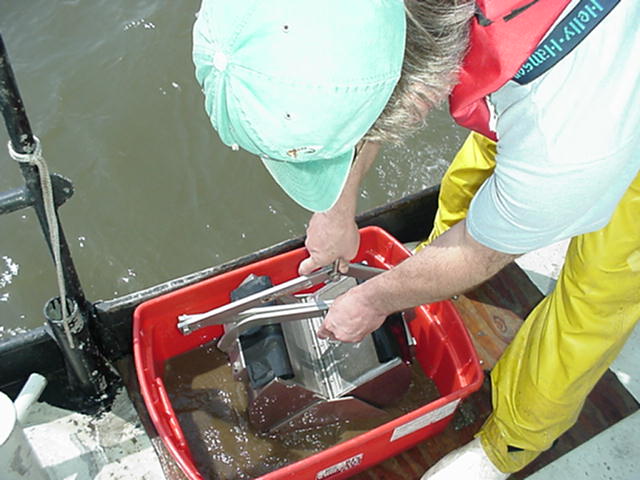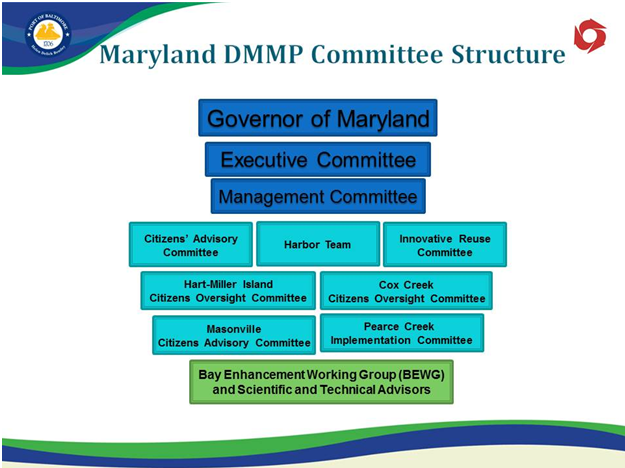 On an annual basis, approximately 5 million cubic yards of sediments are dredged in Maryland's portion of Chesapeake Bay. Finding environmentally responsible solutions for managing this material is a priority for the State of Maryland. MDE published guidance with public involvement to facilitate dredged material reuse in a manner protective of public health and the environment:
On an annual basis, approximately 5 million cubic yards of sediments are dredged in Maryland's portion of Chesapeake Bay. Finding environmentally responsible solutions for managing this material is a priority for the State of Maryland. MDE published guidance with public involvement to facilitate dredged material reuse in a manner protective of public health and the environment:
Innovative Reuse and Beneficial Uses
Most dredged material from Chesapeake Bay, including Baltimore Harbor's navigation channels, is comprised of clean sediments that can be used on the land as soil amendments or engineered fill or in the water to create aquatic habitat and help improve water quality. Through existing regulatory authority, MDE has developed
guidance to assist scientists, engineers, and other technical professionals seeking approvals to innovatively or beneficially use dredged material in how the Department makes related determinations. In so doing, applicants will better understand what information is required leading to increased transparency and efficiency in the permitting and approval process.
 Key Accomplishments of this Guidance Include:
Key Accomplishments of this Guidance Include:
- Establishing a framework, rooted in existing MDE statutory and regulatory authority, that is end-use based and applies updated technical risk-based screening criteria (EPA Regional Soil Screening Levels (RSLs)). This will provide flexibility in the program while ensuring long-term environmental and public health protections are in place.
- Outlining a
Fill Material & Soil Management Policy framework that establishes 4 categories of risk-based management options. The tiered categories of quality of material are based on scientific data developed through testing and sampling as well as proposed end-use project specific factors.
Scenarios are also provided to give guidance on how these different category designations are applied.
- Providing vast opportunities for safe innovative reuse by applying the Technical Screening Criteria either to the dredged material upfront or to the blended, end product.
- Anticipating emerging innovative reuse technology and currently unidentified end uses by allowing for periodic updates to the Guidance Document; it is viewed as a living document.
- Allowing for flexibility through case-by-case evaluation and approval when/if necessary.
- Identifying MDE programmatic points of contact throughout the Guidance Document
 This guidance was developed in response to
the 2016 Final Report and Recommendations of the Interagency Regulatory Workgroup on Innovative and Beneficial Reuse, that identified a need for and recommended the development of MDE Guidance and Technical Screening Criteria. It is hoped that this document will encourage further innovation in the private sector to use dredged material in environmentally beneficial ways or as useful products in the marketplace. The Guidance Document and Technical Screening Criteria have also been posted on the Maryland Port Administration’s Dredged Material Management Program (DMMP) - Publications
website.
This guidance was developed in response to
the 2016 Final Report and Recommendations of the Interagency Regulatory Workgroup on Innovative and Beneficial Reuse, that identified a need for and recommended the development of MDE Guidance and Technical Screening Criteria. It is hoped that this document will encourage further innovation in the private sector to use dredged material in environmentally beneficial ways or as useful products in the marketplace. The Guidance Document and Technical Screening Criteria have also been posted on the Maryland Port Administration’s Dredged Material Management Program (DMMP) - Publications
website.
Program Structure
In 2001, the Maryland general Assembly enacted the Dredged Material Management Act (DMMA) that established a
Dredged Material Management Program (DMMP) and the DMMP Executive Committee to provide oversight and guidance over the Port's dredging needs through a rolling 20-year capacity/placement plan. The governance structure of the DMMP is depicted below. The DMMA prioritizes beneficial use and innovative reuse as the preferred placement options in Maryland.

Current Dredged Material Placement Sites
Long-Term Monitoring
Contact Information
For further information, contact Matthew Rowe at
[email protected]